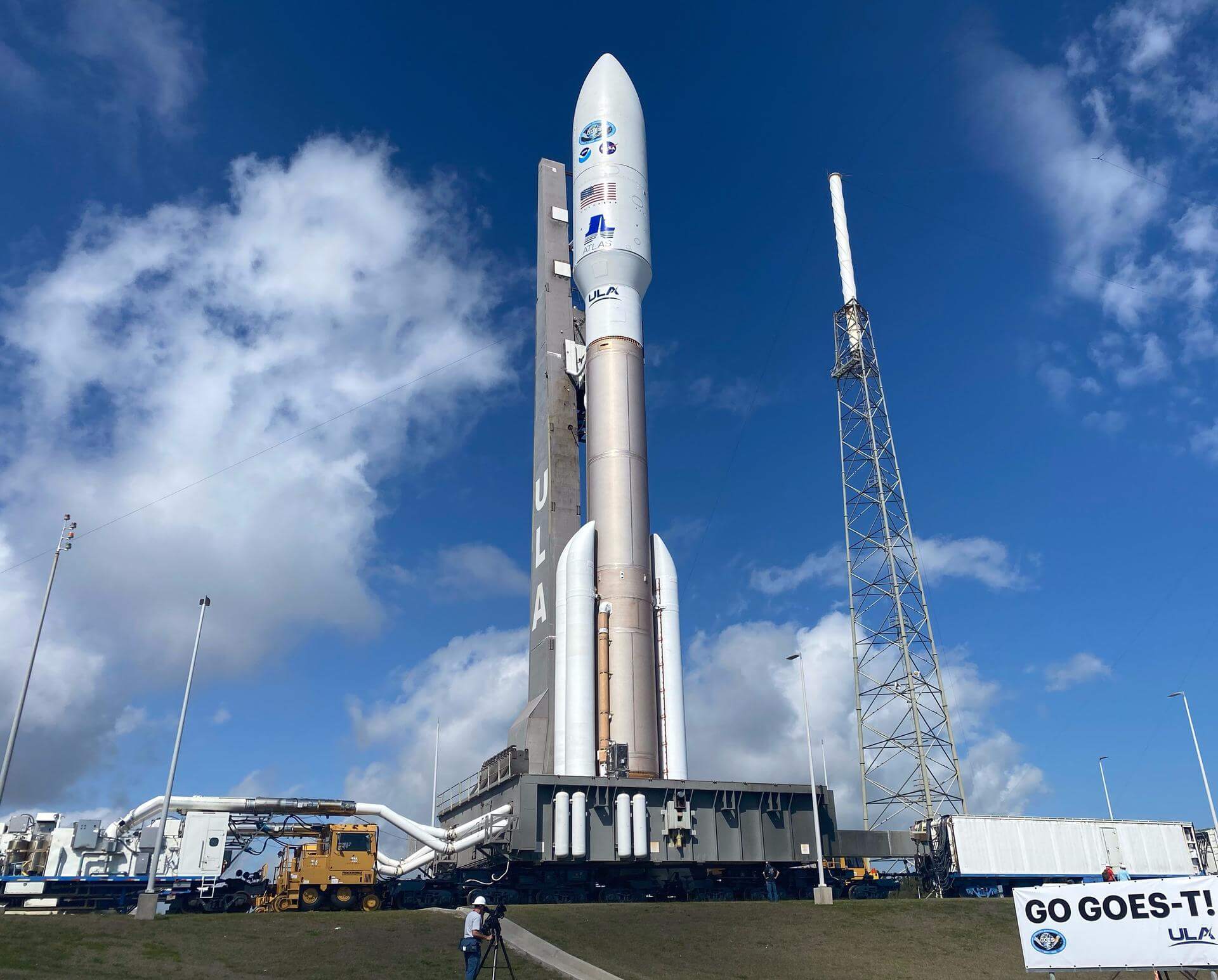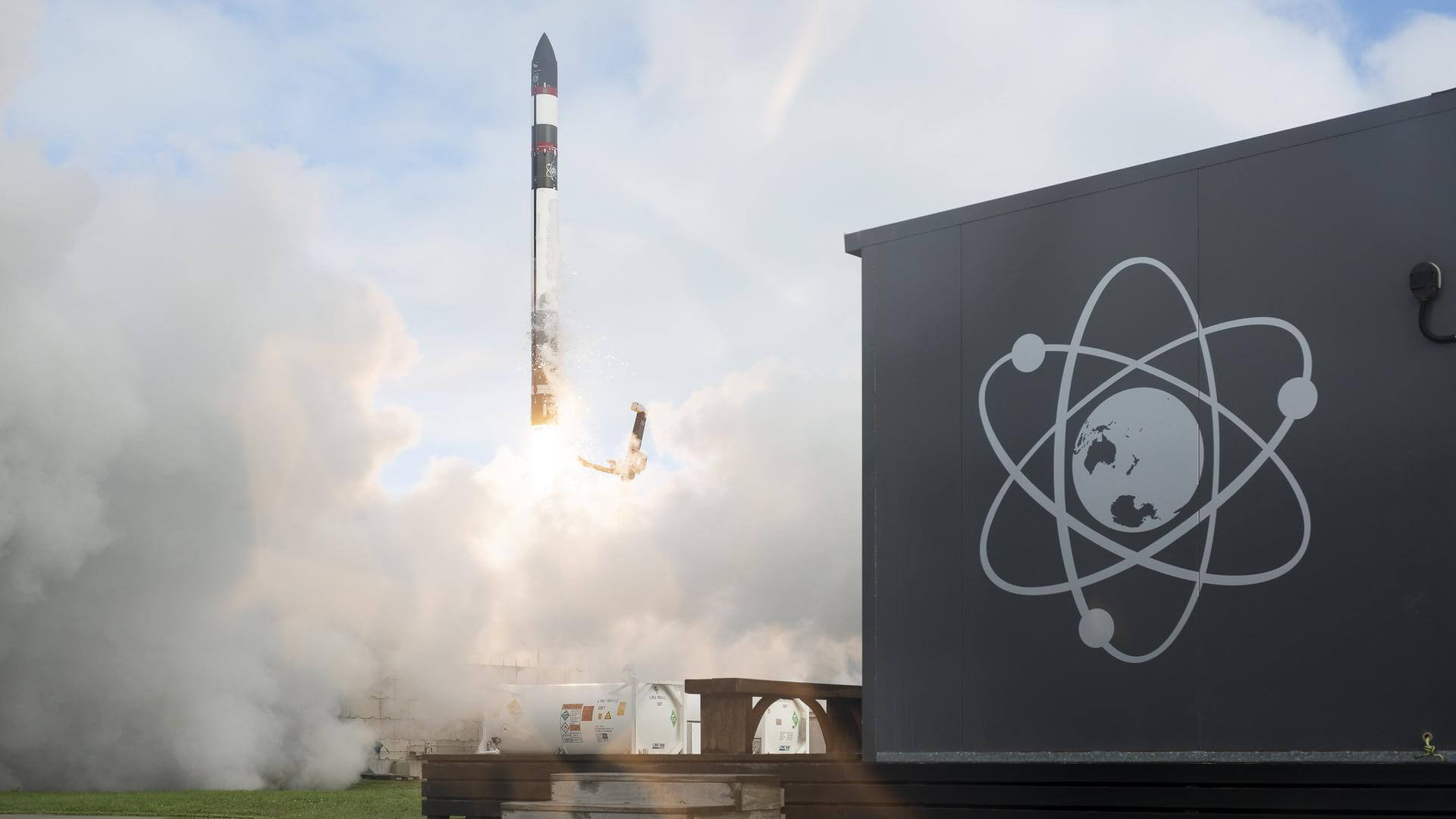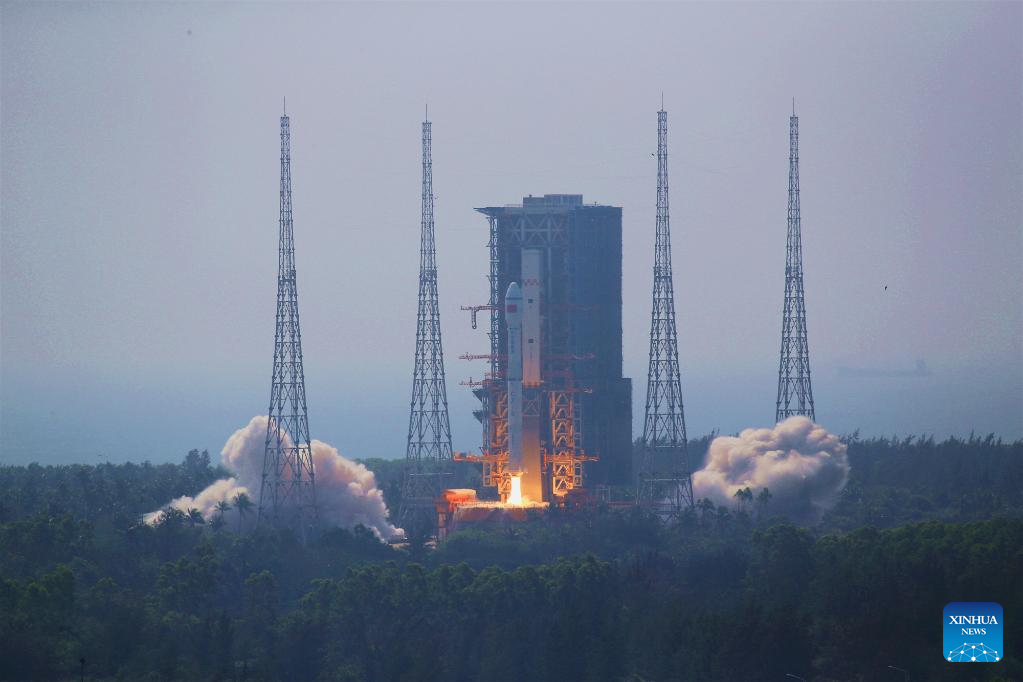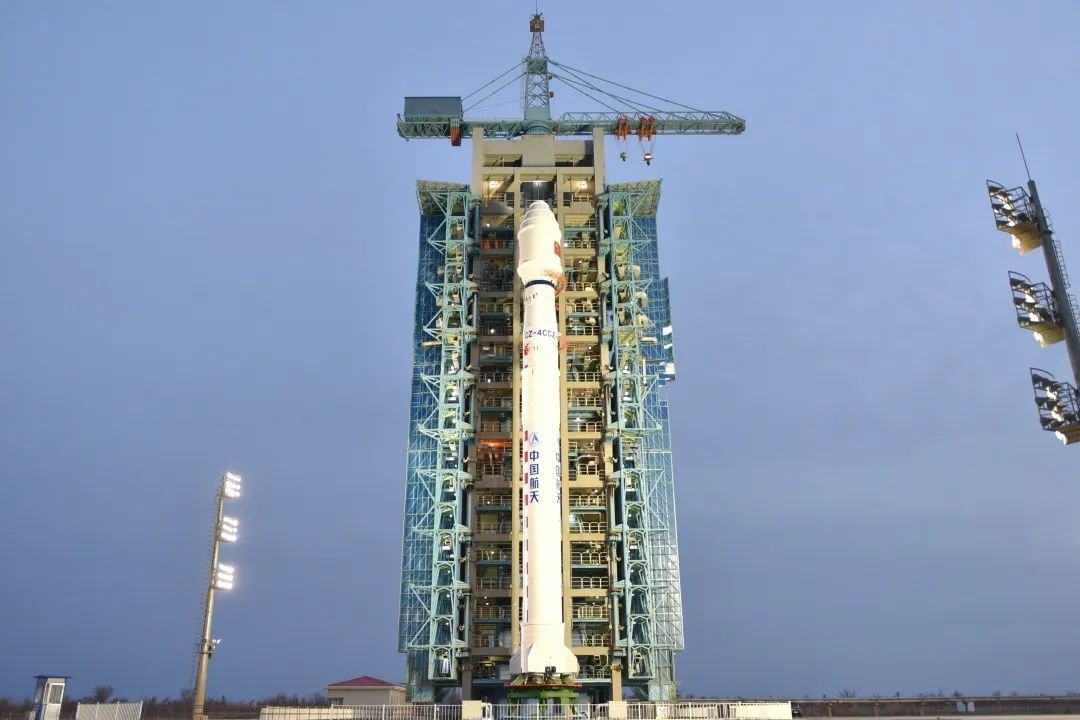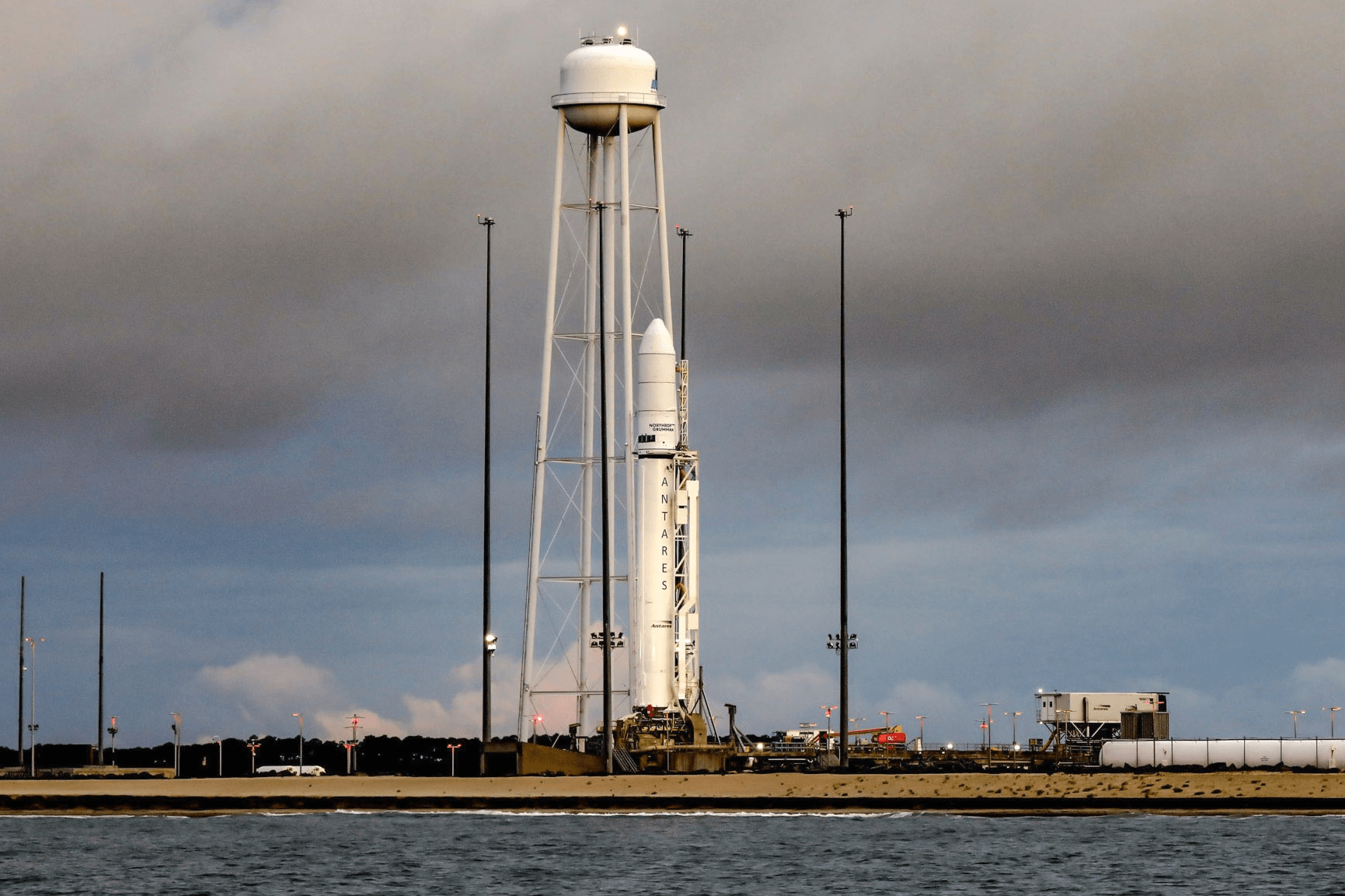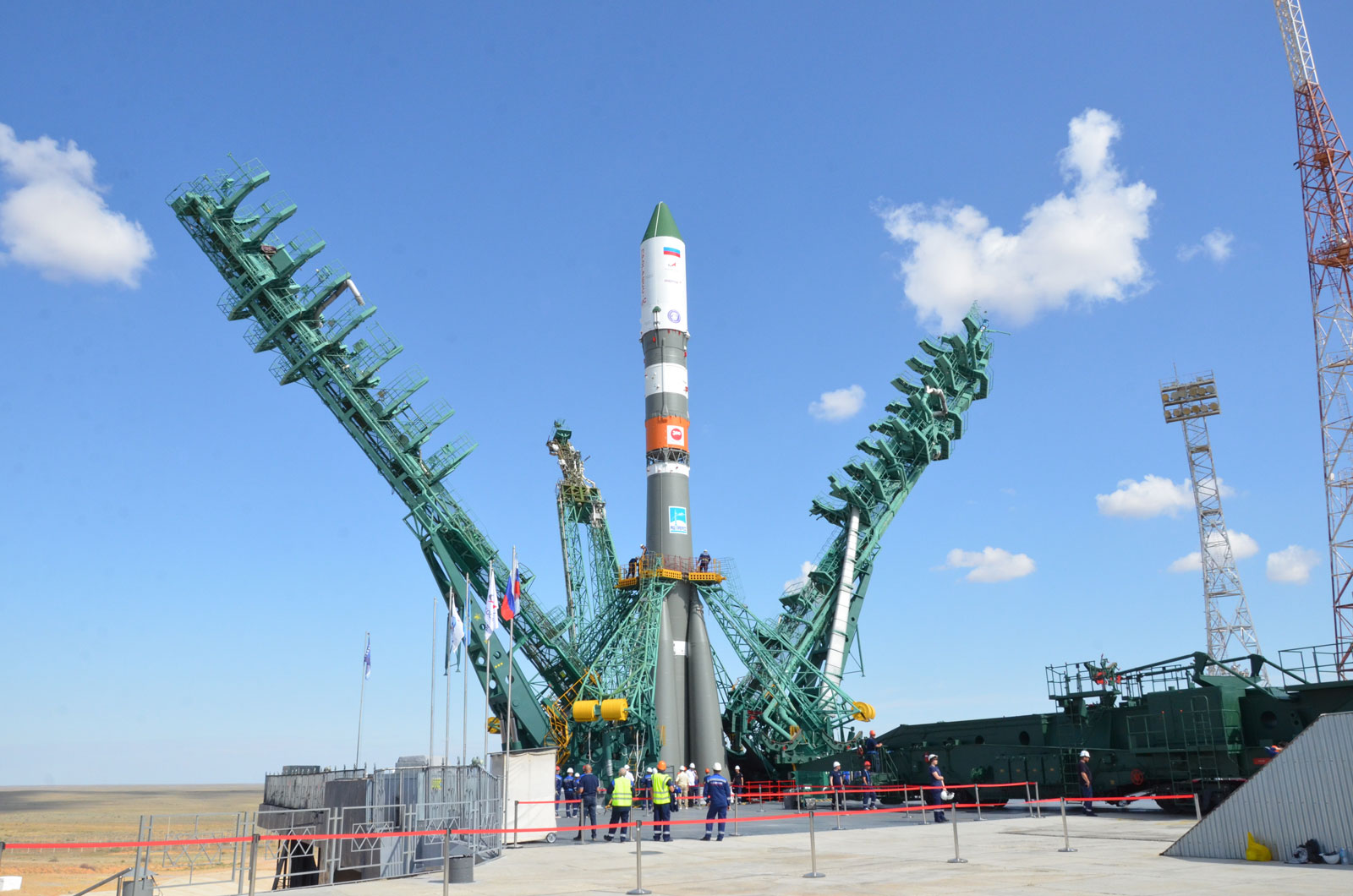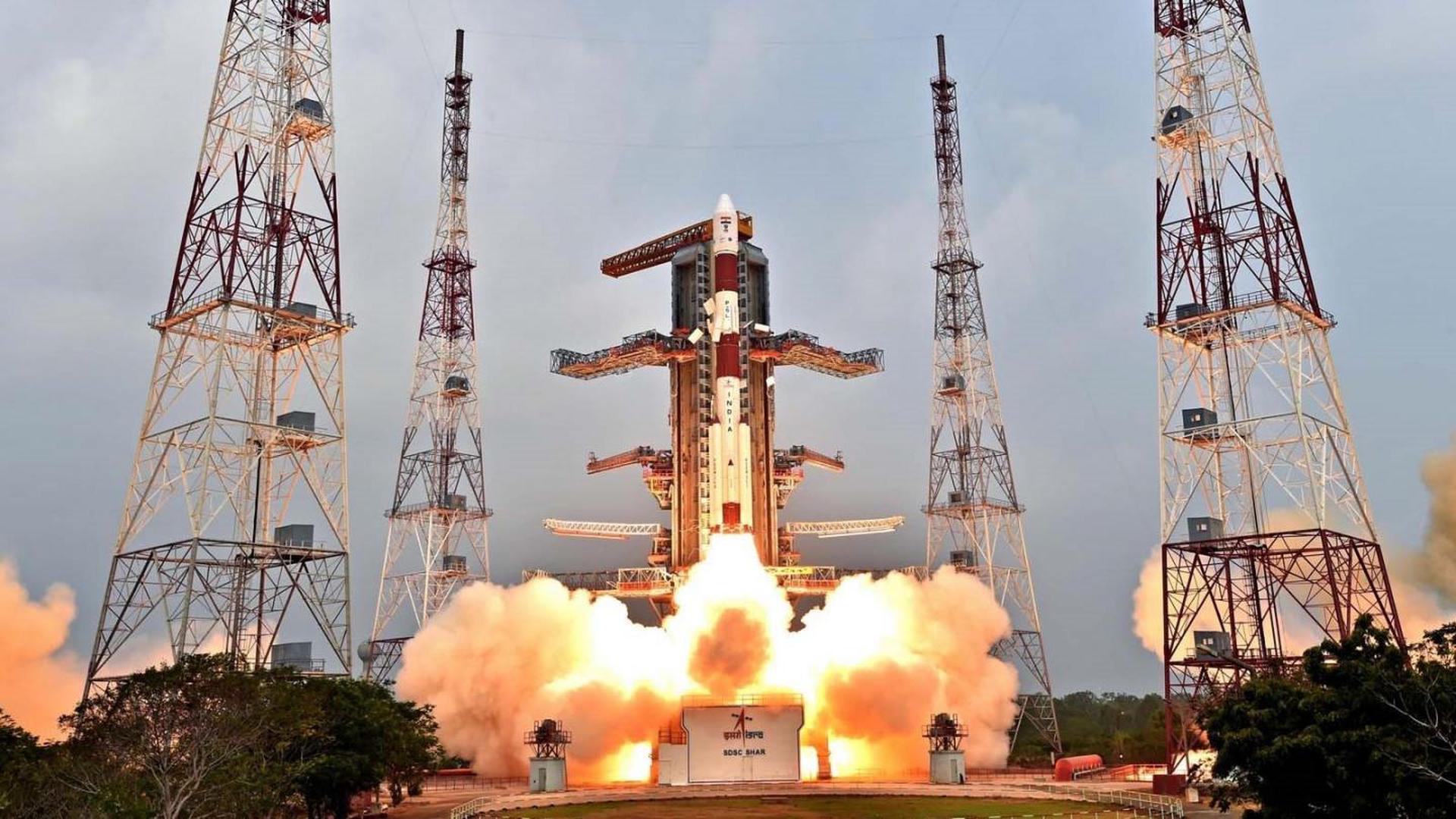Previous Spaceflight Launches
Filter by Agency, Locations or Vehicles
Show All LaunchesFalcon 9 Block 5 | Starlink Group 4-9
SpaceX | United States of AmericaKennedy Space Center, FL, USA
March 3, 2022, 2:25 p.m.
Atlas V 541 | GOES-T
United Launch Alliance | United States of AmericaCape Canaveral SFS, FL, USA
March 1, 2022, 9:38 p.m.
Status: Launch Successful
Mission:
The Geostationary Operational Environmental Satellite T (GOES-T) is the third satellite in NOAA’s advanced GOES-R series. It is meant to operate as GOES West and work in tandem with GOES-16, which operates in the GOES East position
Geostationary Transfer OrbitElectron | The Owl’s Night Continues (StriX-β)
Rocket Lab | United States of AmericaRocket Lab Launch Complex 1, Mahia Peninsula, New Zealand
Feb. 28, 2022, 8:37 p.m.
Status: Launch Successful
Mission:
StriX β is a Japanese synthetic aperture radar satellite built by Synspective as a demonstrator for their planned 25 satellite constellation. It will feature an X-band synthetic aperture radar. StriX β is an upgraded version of the StriX α prototype. The satellite features two deployable panes, one side carrying solar cells, the other carrying the X-band radar antenna. The StriX satellite constellation can target data with a ground resolution of 1-3 m, single polarized (VV), and a swath width of more than 10-30 km. The StriX observation modes are Stripmap and Sliding Spotlight mode and each satellite has an SAR antenna that is 5 meters in length and stowed during launch. The simple design of the satellites allows for affordable development of the constellation. StriX β was planned to be launched in 2021 on a Soyuz-2-1a Fregat or Soyuz-2-1b Fregat rideshare mission, but as this mission was delayed, it was re-booked on a dedicated Electron KS launch. Synspective is planning a constellation of 25 satellites called StriX, comprised of 100-kilogram satellites capable of imaging at a resolution of one to three meters. By 2022 the company plans to have six satellites in orbit. The company has not set a date by which it hopes to achieve 25 satellites.
Sun-Synchronous Orbit 24 - Maiden Flight South PacificLong March 8 (Core Only) | Hainan-1 to 4 & others
China Aerospace Science and Technology Corporation | ChinaWenchang Space Launch Site, People's Republic of China
Feb. 27, 2022, 3:06 a.m.
Long March 4C | L-SAR 01B
China Aerospace Science and Technology Corporation | ChinaJiuquan Satellite Launch Center, People's Republic of China
Feb. 26, 2022, 11:44 p.m.
Falcon 9 Block 5 | Starlink Group 4-11
SpaceX | United States of AmericaVandenberg SFB, CA, USA
Feb. 25, 2022, 5:12 p.m.
Falcon 9 Block 5 | Starlink Group 4-8
SpaceX | United States of AmericaCape Canaveral SFS, FL, USA
Feb. 21, 2022, 2:44 p.m.
Antares 230+ | Cygnus CRS-2 NG-17 (S.S. Piers Sellers)
Northrop Grumman Space Systems | United States of AmericaWallops Flight Facility, Virginia, USA
Feb. 19, 2022, 5:40 p.m.
Status: Launch Successful
Mission:
This is the 17th flight of the Orbital ATK's uncrewed resupply spacecraft Cygnus and its 16th flight to the International Space Station under the Commercial Resupply Services contract with NASA. This Cygnus spacecraft is named after American astronaut and climate scientist Piers Sellers. Sellers was a part of three Space Shuttle missions tasked with assembly of the International Space Station.
Low Earth OrbitSoyuz 2.1a | Progress MS-19 (80P)
Progress Rocket Space Center | RussiaBaikonur Cosmodrome, Republic of Kazakhstan
Feb. 15, 2022, 4:25 a.m.
PSLV-XL | EOS-4 (RISAT-1A)
Indian Space Research Organization | IndiaSatish Dhawan Space Centre, India
Feb. 14, 2022, 12:29 a.m.

